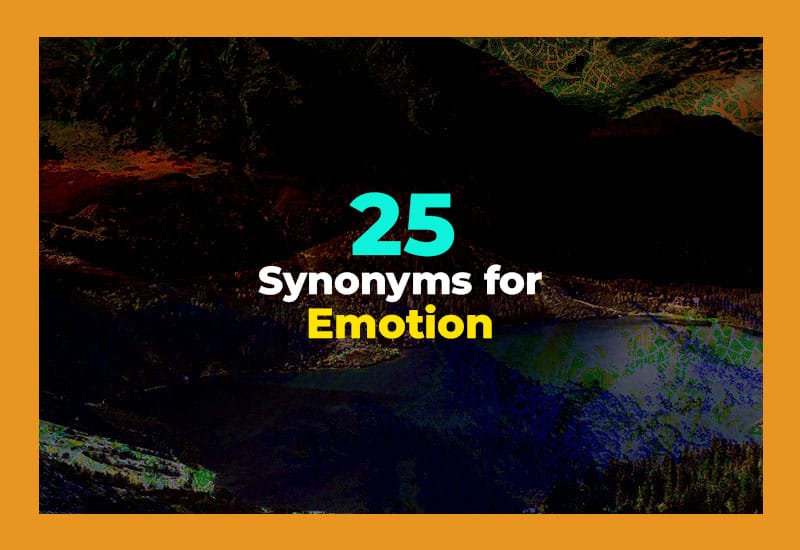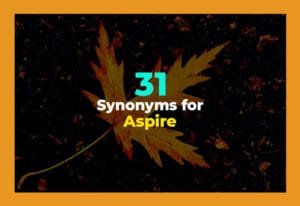You know how feelings pop up all day long? Sometimes happy, sometimes sad, or even excited. Talking about emotions is fun because they make life colorful and interesting.
1. Feeling
A feeling is something you sense inside you. It can be happy, sad, or even confused. For example, "I have a good feeling about this day." Feelings help us understand what's going on in our hearts and minds. When you say "feeling," people know you mean how you react inside, not just outside. We all have feelings every day, even if we don't always say them out loud. Saying "feeling" is an easy way to talk about your emotions with friends or family.
2. Mood
Mood means how you feel for some time. It can be good or bad, like happy or angry. For example, "She is in a happy mood today." Your mood can change during the day, like when the weather changes. If you are tired, your mood might be sad or grumpy. When you talk about mood, you talk about your general feelings, not just one small moment. It's a simple word that tells people how you feel overall.
3. Sentiment
Sentiment is a feeling about something or someone. It shows your attitude or opinion. For example, "There is a strong sentiment of love in the family." When you say sentiment, you talk about feelings that come from your heart, like kindness or sadness. Sentiments can be deep, like when you care a lot about a person or a place. It's a nice word to show your feelings in a thoughtful way.
4. Passion
Passion means a very strong feeling about something. It is usually about love or excitement. For example, "He has a passion for playing football." When you feel passion, you want to do something a lot because you enjoy it so much. It can be about work, hobbies, or people. Passion is a powerful emotion that makes you want to keep going even when things are hard. It shows your heart is full of energy.
5. Sensation
Sensation is a feeling from your body or mind. It can be touch, temperature, or emotion. For example, "I felt a cold sensation on my skin." Sensations tell you what is happening around you, like feeling heat or pain. Sometimes, sensations can also mean feelings inside, like joy or fear. When you use sensation, it means you notice something with your senses or feelings in a clear way.
6. Reaction
Reaction is what you do or feel when something happens. For example, "His reaction to the news was surprise." When you react, you show your feelings quickly, like smiling or shouting. Reactions can be small or big, happy or sad. They help others know what you feel. Saying reaction is easy when you want to explain how you felt right after something happened.
7. Response
Response means how you answer or feel after something. For example, "Her response to the question was calm." It can be a word, action, or feeling. A response shows what is inside your heart or mind when something comes your way. It can be thoughtful or quick. People use response when they want to explain how someone feels or acts after an event.
8. Affect
Affect is a word for showing feelings or moods. For example, "His affect showed he was worried." It is often used when talking about how feelings show on your face or in your voice. Affect is a little formal but very useful if you want to say how emotions are seen outside. It's about the way emotions come out for others to see.
9. Vibe
Vibe means the feeling or mood around a person or place. For example, "This room has a happy vibe." It's a fun and casual word. When you say vibe, you mean the general feeling you get, like calm, sad, or exciting. People often say vibe to describe the energy they feel from friends, parties, or places. It's a quick way to talk about emotions around you.
10. Spirit
Spirit means the feelings or energy inside a person. For example, "She has a strong spirit after the game." Spirit can mean hope, courage, or happiness. It shows how someone feels inside, even if things are hard. When you talk about spirit, you talk about a positive feeling that keeps you going. It's a good word to use when someone is brave or full of life.
11. Temper
Temper means your usual mood, especially when you get angry. For example, "He has a quick temper." It talks about how easy it is for you to feel angry or upset. Temper can be good or bad. Saying temper is common when you want to explain if someone gets angry fast or stays calm. It helps people know about your emotional control.
12. Disposition
Disposition is your usual way of feeling or acting. For example, "She has a friendly disposition." It tells about your personality or mood most of the time. When you say disposition, you talk about how a person feels inside in a steady way. It is a little formal but good for saying if someone is kind, sad, or happy most days.
13. Heart
Heart means your true feelings or love inside you. For example, "He spoke from the heart." When you use heart, you talk about deep and real emotions. It shows you care a lot or feel strongly. Saying heart is common when you want to be honest about your feelings or when you feel kindness or love.
14. Excitement
Excitement is a strong, happy feeling when something fun happens. For example, "She felt excitement before the party." It makes your heart beat fast and your smile grow big. Excitement is a joyful emotion you get when you wait for something good. It's easy to see because you feel full of energy and happiness.
15. Anger
Anger is a strong feeling when something is wrong or unfair. For example, "His anger grew after the argument." It makes you want to shout or be upset. Anger is natural but can hurt if you stay mad for too long. When you say anger, people know you mean a tough emotion that needs care and calm.
16. Joy
Joy is a very happy feeling inside. For example, "Her joy was clear when she saw her gift." It makes you smile and feel warm. Joy is a deep, bright feeling that comes from good moments. Saying joy is simple and nice when you want to share happy feelings with others.
17. Sadness
Sadness is a feeling when you are unhappy or miss something. For example, "He felt sadness after his pet left." It makes you want to cry or be quiet. Sadness is normal and helps you feel better after hard times. When you say sadness, people understand you mean a soft, heavy feeling inside.
18. Fear
Fear is a feeling when you think something bad might happen. For example, "She felt fear in the dark." It makes your heart beat fast and your body tense. Fear helps keep you safe by making you careful. Saying fear is simple when you want to talk about feeling scared or worried.
19. Love
Love is a warm feeling for someone or something you care about. For example, "He showed love to his family." Love makes you want to help and be close to others. It's one of the strongest emotions. When you say love, people think of kindness, care, and happiness together.
20. Hate
Hate is a very strong feeling of dislike. For example, "She felt hate toward the unfair rule." It makes you want to avoid or fight something. Hate is a tough emotion and can hurt feelings if you keep it for long. Saying hate helps people know you mean a strong, bad feeling.
21. Desire
Desire means wanting something very much. For example, "He had a desire to learn music." It's a feeling that pushes you to try and get what you want. Desire can be for things, people, or goals. Saying desire is a nice way to explain strong wishes or hopes.
22. Anxiety
Anxiety is a worried feeling about what might happen. For example, "She felt anxiety before the test." It makes your heart race and your mind jump to bad thoughts. Anxiety is common and can make you feel nervous or scared. Saying anxiety helps explain feeling uneasy or tense.
23. Delight
Delight is a strong feeling of happiness and pleasure. For example, "He was full of delight when he won." It's a joyful and bright emotion you feel when things go great. Delight makes you smile and feel light inside. Saying delight is a happy way to share good feelings.
24. Grief
Grief is deep sadness, usually when you lose someone or something. For example, "Her grief was clear after her dog died." It is a heavy feeling that takes time to heal. Grief shows how much you cared and miss something important. Saying grief helps people understand very sad feelings.
25. Sympathy
Sympathy means feeling sorry for someone else's pain. For example, "She showed sympathy when her friend was sick." It's caring about other people's feelings and wanting to help. Sympathy is an emotion that brings people closer by sharing feelings. Saying sympathy is kind and shows you understand others.

I hope you found these easy words for emotions helpful and fun! Now, you can talk about your feelings in many new ways. Using different words makes sharing your emotions more interesting. Try to notice your own feelings and use these words when you talk with friends or write. It's a simple way to understand yourself and others better. Keep practicing and soon you will feel confident using these synonyms every day.









